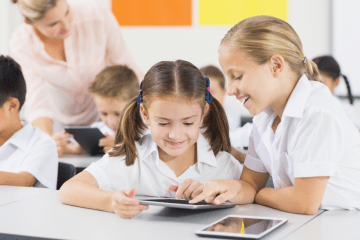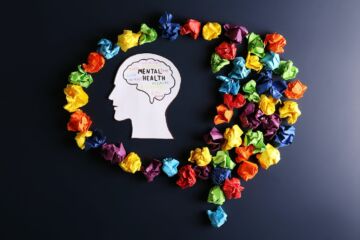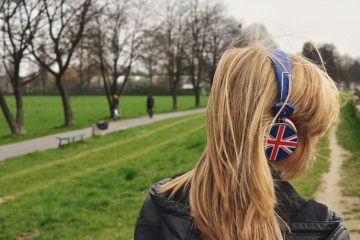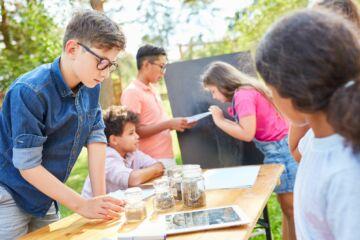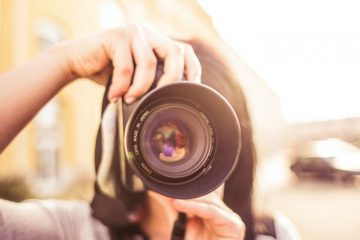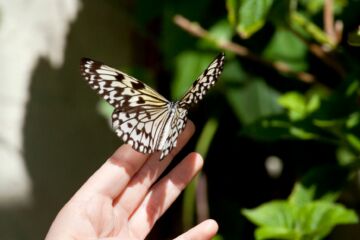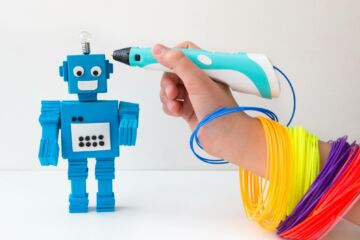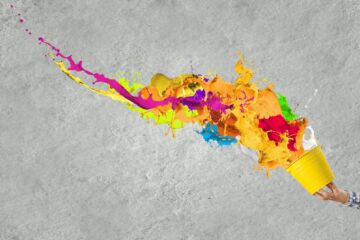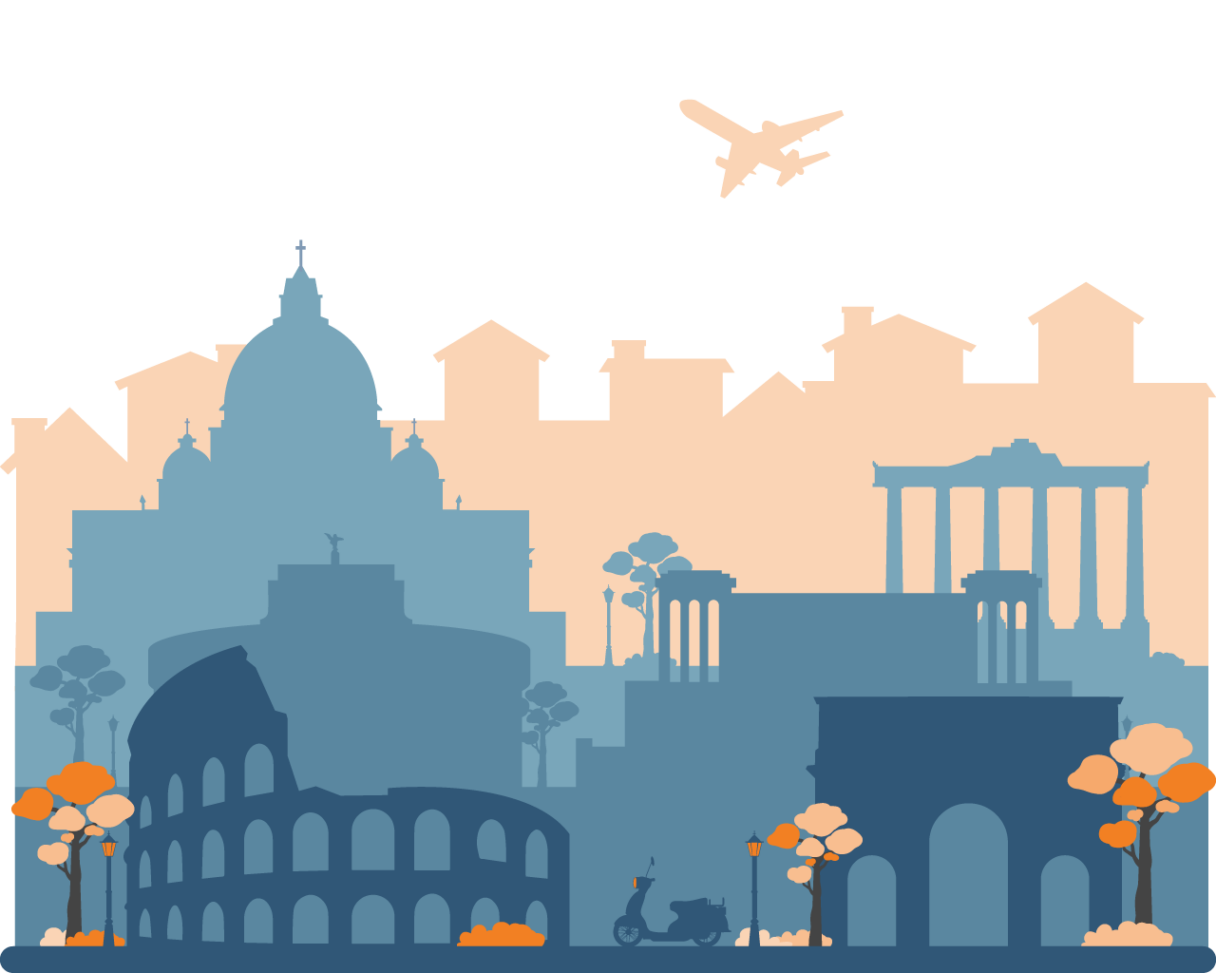
Erasmus Courses for Teachers in Rome, Italy
OID: E10166501
The ancient capital of the world that boasts breathtaking architecture, rich history, and delicious Italian cuisine.
Confirmed Sessions in Rome
Reviews
About the Training Centre in Rome
All our teacher training courses in Rome will take place either in the Morning (9.00-13.45) or in the Afternoon (14.00-18.45) depending on classroom and trainer availability.
Our Academy in Rome is currently located in the following venue:
Organization’s Fiscal Data
OID: E10166501
PIC: 947318394
Europass SRL
Address: Via Sant’Egidio 12, 50122, Florence, Italy
VAT: 04393630480
Codice Univoco: M5UXCR1
Responsible Person (name, function, e-mail, tel):
Dr. David Baroni, Director
Email: teacheracademy@europassnetwork.eu
Phone: +39 055 1997 3220
Our Cultural Activities
The following cultural activities are included in the price of each Erasmus course in Rome:
48-hour pass which includes:
- free access to the first museum or cultural experience in Rome (among the ones available, Musei Capitolini, Mercato di Traiano, Villa Borghese, Colosseum and Foro Romano, and Ara Pacis are some of the most popular)
- reduced tickets to all other attractions
- free access to the city’s public transport.
Best Things to Do in Rome
Located in the center of Italy, Rome is the capital and the most populous city in the country, as well as the seat of the smallest state in the world, the Vatican. Founded in the eighth century BC, Rome became a fascinating oligarchic republic and then the capital of one of the largest empires of antiquity.
Since the Middle Ages, as the Catholic Church gained power all over Europe, the Popes financed the greatest Italian masters, in particular during the Sixteenth and Seventeenth Centuries. As a consequence, churches and museums in Rome host among the best Italian works of art. Witnessing such a glorious past to future humanity, Rome has been known as the “Eternal City” since the elegiac poet Albius Tibullus, I century BC.
The richness of the many internationally recognized cultural hubs, combined with a favorable climate, fantastic city landscapes, and marvelous food, has led Rome to attract millions of tourists every year.
1) Colosseum
Colosseum, once known as ‘the Flavian Amphitheatre’ is one of the most iconic monuments in Italy which was completed in 80 AD. This popular attraction which once represented the power of the Roman Empire worldwide could accommodate up to 50.000 spectators who could watch the Gladiator games (Munera), hunting simulations of exotic animals (venationes), and naval battle simulations (Naumachias).
2) Villa and Galleria Borghese
The name ‘Villa Borghese’ refers to one of the largest and most beautiful parks in Rome. Once belonging to the Cardinal Scipione Borghese, the building of the Villa Borghese Pinciana was completed in 1633, including other buildings, an aviary, and orangery.
The park hosts the Galleria, a museum displaying the large private art collection of Cardinal Borghese, which contains antiques, sculptures, and paintings by artists such as Caravaggio, Rubens, Bernini, and Leonardo da Vinci.
3) St. Peter’s Basilica and the Vatican Museums

St. Peter’s Basilica, in the Vatican City, is the most important Catholic church worldwide that welcomes thousands of religious pilgrims every year. This church designed by Michelangelo stands on a spectacular square designed by Bernini, one of the most famous Baroque architects in Italy.
This Basilica hosts important pieces of art from different ages and civilizations including the famous Sistine Chapel which can be exhibited in the Vatican Museums. “La Pieta” (1499) by Michelangelo and a gigantic bronze baldachin created by Bernini in 1633 placed where St. Peter is believed to be buried can also be seen within this Basilica. It is possible to visit the crypts with the 148 tombs (catacombs) of the popes.
4) Roman Forum and Palatine Hill

The forum was the center of the ancient Roman Empire, where the citizens would gather to take decisions, stroll in the market and visit the temples. Examples of the most important remaining are the round Temple of Vesta, the Temple of Saturn, the Basilica of Maxentius, the Regia (house for sacred functions), and the arch of Septimius Severus.
It is also possible to see the remains of arches, the speaker’s platform, and the market halls. Just above the forum, there’s the Palatine Hill, where, according to the legend, the foundation of the city took place and the palaces of the emperors used to stand.
5) Trastevere, Gianicolo and Isola Tiberina
The neighbourhood of Trastevere, whos name dervies from the latin word trans-Tiberium, meaning ‘beyond the Tiber’, is located on the west bank of the river Tiber. This area built up of a maze of alleyways and medieval houses has a particularly authentic and lively atmosphere at night, due to the many restaurants and pubs it hosts.
Next to this neighbourhood, you can find Colle Del Gianicolo, a belvedere offering one of the most charming panoramic views of the city, together with a park adorned by the stature of freedom fighter Giuseppe Garibaldi. You can also walk through the bridge straight from here to the Isola Tiberina.
6) Piazza del Campidoglio and the Capitoline Museums

On the top of Capitoline Hill is located another of Rome’s wonderful squares, Piazza del Campidoglio. Serving as the seat of the civic government since the Middle Ages, the square was redesigned by Michelangelo in the Sixteenth century, thus assuming its current form.
The artist also created new fronts for the surrounding buildings that now host the collections of the Capitoline Museums. Important archeological remains from the Roman age found in this area of Italy are exposed here together with a great collection of paintings from the Renaissance and the Baroque period, with artists such as Caravaggio, Titian, and Rubens.
7) Piazza Navona
Commissioned by Emperor Domitian in 86 A.D., the square owes its elongated shape to its original purpose as an athletics stadium. Piazza Navona is one of the most remarkable and lively squares in Rome with many street performers, cafés, terraces and it is particularly known for its Christmas markets.
The square includes several attractions, such as the ‘Fontana dei Quattro Fiumi’ (The Fountain of the Four Rivers) by Bernini, the four statues representing the Donau, Ganges, Nile, and Rio de la Plata, a 16-meter-high obelisk, and the excavations of the old stadium of Domitianus.
8) Castel Sant’Angelo
Originally built by Emperor Hadrian as a mausoleum for his family in the 2nd century, the Hadrian’s Mole changed its name to Castel S. Angelo in 590 when Pope Gregory I saw archangel Michael sheathe his sword on top of the building to signal the end of the plague affecting Rome in those times. The remarkable bronze statue of Archangel Michael lying on the top of the castle embodies the pope’s vision.
Castel Sant’Angelo was connected to the Vatican by a tunnel in 1722, to act as a refuge for the Pope and acted as a treasure chamber to secure valuables in case of an attack. For centuries, the castle also served as a prison and execution site. The castle is split into various levels, where one can visit the cells, the weapon collection, the Papal rooms, and a terrace offering a great view of the city.
9) Fontana di Trevi

The Trevi Fountain is the best-known of the Roman fountains, made even more famous by the scenes from Fellini’s movie “La Dolce Vita”. Its name derives from the expression “Regio Trivii”, which refers to the confluence of three streets in the square, or to the triple outlet of the water of the original fountain. The epicentre of the statue depicts the God of the Ocean driving a shell-shaped chariot, pulled by a placid horse.
The side niches host the allegories of Healthiness, and Abundance, who witness the beneficial effects of the fountain’s water. Following the tradition, thousands of tourists every year throw their coins into the fountain, wishing to come back to visit it again.
10) Pantheon
The Pantheon, which is a 43 meters tall, is one of the best-preserved examples of Roman monumental architecture. Commissioned by Augustus’ lieutenant Agrippa as a temple in honor of “all the gods”, the building consists of a cylindrical structure preceded by a portico supported by Corinthian columns with the typical original inscription dedicated to Agrippa visible on the facade. The large circular cell is surrounded by thick walls and eight large pylons, which support the hemispherical concrete dome.
Consecrated as a Catholic Basilica by Pope Boniface IV in 609 AD, the Pantheon was more recently turned into a memorial chapel for the kings of Italy. The building currently hosts the tomb of Vittorio Emanuele II, Umberto I, and Margherita of Savoy, together with those of famous artists such as Raphael.
11) Piazza di Spagna – Spanish Steps

The ‘Spanish steps’, officially known as Scalinata della Trinità dei Monti, in Rome, built in Rococo style between 1723 and 1726, are the steps that lead from the Piazza di Spagna square to the Rennaissance façade: Trinità dei Monti church. Its colloquial name adopted was due to the Spanish embassy being located on the square.
In front of the stairs, you will find Pietro Bernini’s fountain of the Barcaccia, referring to the little ugly boat stranded by the Tiber’s 1598 flood on this spot, which served Bernini as inspiration.
During mid-April-May each year, the steps are decorated with pink azaleas, thus offering a special sight. Nowadays, the area surrounding Piazza di Spagna is a luxurious shopping area, with the street Via Condotti being the highlight.
12) San Giovanni in Laterano, Basilica Santa Maria Maggiore, San Clemente
Arch- Basilica of Saint John Lateran is the oldest basilica in the Western world, the mother church of the Roman Catholic faith, and the seat of the Diocese of Rome. Founded in 324, the basilica was heavily modified during the ages, acquiring its baroque architecture in 1650 through Borromini’s reconstruction and its beautiful façade with 15 statues in 1850 by Alessandro Galilei.
The Basilica of Santa Maria Maggiore is another of the four papal basilicas and the largest Marian church in Rome, famous for its unique golden ceiling, commissioned by Pope Alexander VI. Located on Esquiline Hill, the church is from the 5th century and contains many authentic mosaics which made up part of the original building.
San Clemente consists of multiple church buildings that were built on top of each other over the course of centuries. It holds many unique remnants of roman houses, 4th-century Pope Clemens I’s tomb, and 12th-century reconstruction.
13) Piazza Venezia e “Vittoriano”

Next to Piazza Venezia Square you can find the National Monument to Victor Emanuel II, more commonly known as ‘Il Vittoriano’ and ‘Altare della Patria’, which commemorates the unification of Italy in 1861 guided by King Vittorio Emanuele II. It also represents a mausoleum in memory of the Italian Militie Ignoto (Unknown soldier), hosting important annual celebrations.
Built as a neoclassical interpretation of the Roman Forum to convey a message of continuity between the glory of the past and the present, the Vittoriano shows a series of stairways, Corinthian columns, and fountains, as well as many allegoric sculptures mostly representing the virtues animating the Italians during national unification.
14) Piazza del Popolo
Piazza del Popolo, the ‘Peoples Square’, is one of the most important squares in Italy. Within the square, you can find the Basilica di Santa Maria del Popolo, which includes works by Caravaggio and Raphael. A great place to observe this square from a distance is Pincio Hill!
In the center of the square, there is a 36-meter-high Egyptian obelisk surrounded by fountains. In the square, you can also find two famous mythologically based fountains ‘La Fontana del Nettuno’ and ‘La Fontana della Dea di Roma’.
On the opposite side, there are two identical baroque churches of Santa Maria dei Miracoli and Santa Maria in Montesanto, which create the wonderful separation of streets known as the ‘Trident’, in the middle of which is Via del Corso, one of the most characteristic streets in the centre of Rome.
 Please wait, we're loading the information about the courses. It could take few seconds.
Please wait, we're loading the information about the courses. It could take few seconds.






